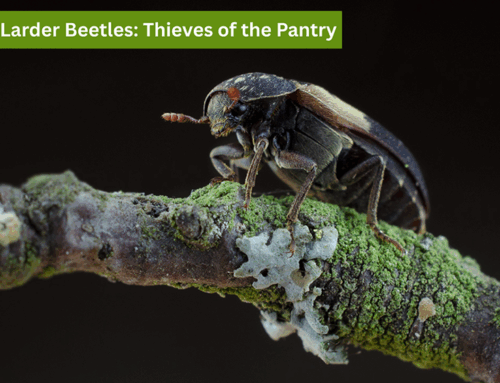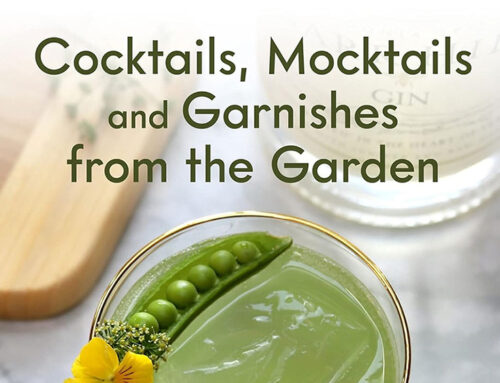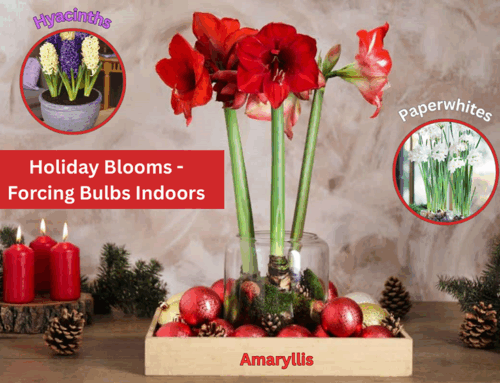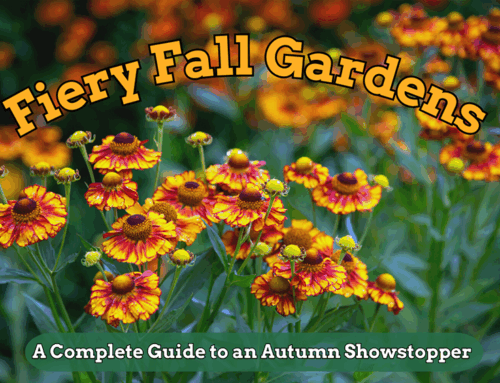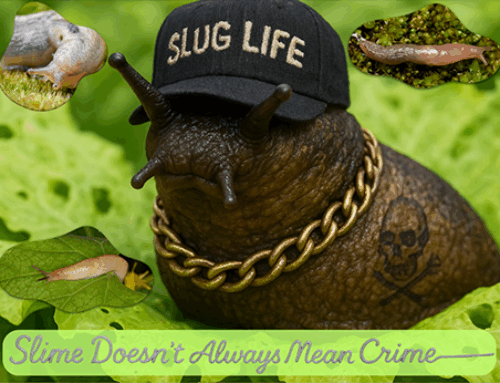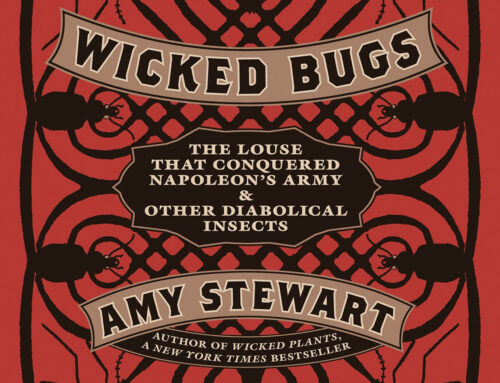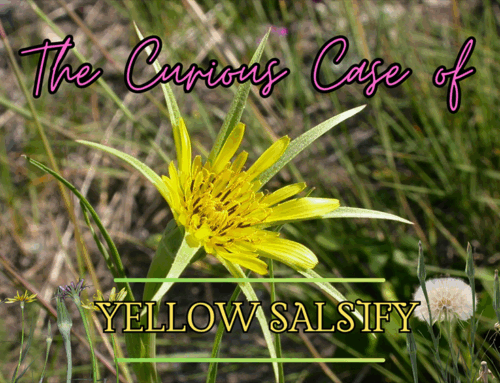Nuts About Squirrels
By Brett Kerley
Squirrels can be delightful visitors to your garden, offering endless entertainment with their playful antics. However, they can also become unwelcome guests if they disrupt your plants, eat your vegetables, or damage your property. This guide will help you invite them to your garden if you enjoy their presence, or repel them humanely if you’d rather they stay away.
Alberta has 14 species of squirrel. Some can be found only in very specific regions. Edmonton, is home to several species of squirrels that can be observed in its urban and natural areas. Here are the primary types of squirrels found in our lovely city:
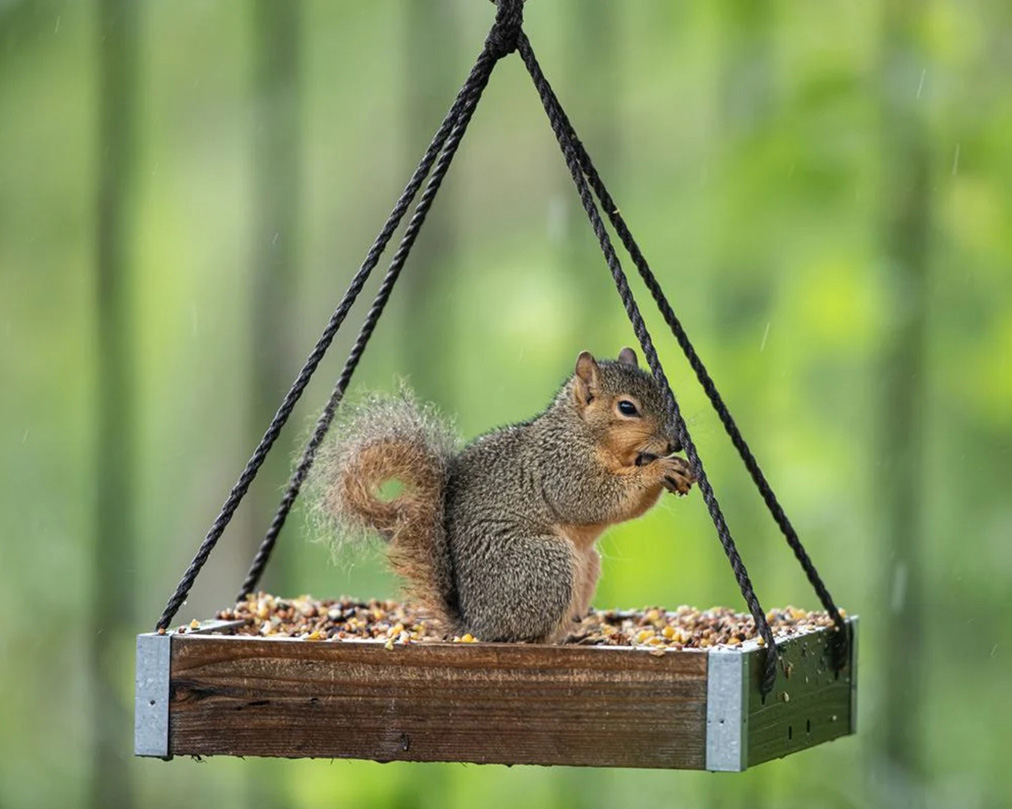
Red Squirrel (Tamiasciurus hudsonicus)
- Description: These are small, reddish-brown squirrels with a white underbelly and a bushy tail.
- Behavior: Red squirrels are highly territorial and can often be seen chasing off other squirrels. They primarily feed on seeds, nuts, and cones from coniferous trees.
- Habitat: Common in Edmonton’s parks and wooded areas with conifer trees.
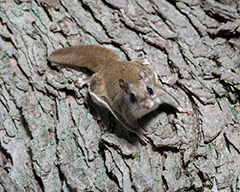
Northern Flying Squirrel (Glaucomys sabrinus)
- Description: These nocturnal squirrels are smaller, with soft, grayish-brown fur and large eyes. They have a membrane between their legs for gliding.
- Behavior: Rarely seen due to their nocturnal habits. They feed on fungi, lichen, seeds, and tree sap.
- Habitat: Found in mature forests, especially near conifers.
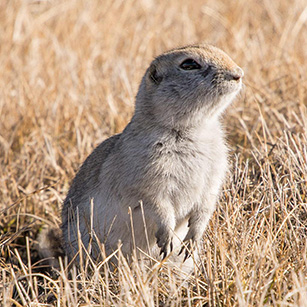
Richardson’s Ground Squirrel (Urocitellus richardsonii)
- Description: A small, tan-colored ground squirrel with a less bushy tail. Unlike tree squirrels, these are ground-dwelling.
- Behavior: Active during the warmer months and hibernate in winter. They feed on grasses, seeds, and insects.
- Habitat: Found in grassy areas, fields, and sometimes urban spaces.
Inviting Squirrels to Your Garden
If you love the idea of watching squirrels frolic in your yard, here are some tips to attract them:
1. Provide Food
- Nuts and Seeds: They love peanuts (unsalted and raw), sunflower seeds, and walnuts. Scatter these on the ground or place them in a squirrel feeder.
- Fruits and Vegetables: Place slices of apples, carrots, or sweet corn in accessible areas.
- Squirrel Feeders: Install a squirrel feeder stocked with their favorite treats to make your garden their go-to dining spot.
2. Plant Squirrel-Friendly Trees and Shrubs
- Nut-Bearing Trees: Oak, and walnut trees are favorites.
- Fruit Trees: Consider planting apple, cherry, or plum trees.
- Dense Shrubs: Provide hiding spots with bushes or trees like hawthorn. Thorny plants can also double as a cat deterrent, helping reduce predation.
3. Provide Water
- Place shallow water dishes or birdbaths in your garden. Squirrels need a reliable water source, especially in dry seasons.
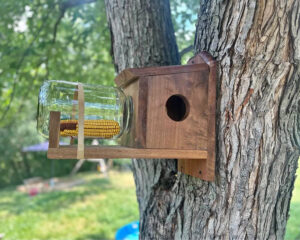 4. Create Safe Spaces
4. Create Safe Spaces
- Nesting Boxes: Install squirrel nesting boxes to provide shelter.
- Avoid Predators: Keep pets like cats and dogs away from areas you want squirrels to frequent.
5. Minimize Disturbance
- Avoid sudden loud noises or frequent disturbances to make them feel safe.
Repelling Squirrels in Your Garden
If squirrels are causing trouble, there are humane ways to discourage them from invading your space:
1. Remove Food Sources
- Secure Bird Feeders: Use squirrel-proof feeders or place feeders in areas hard for them to reach.
- Clean Up Fallen Fruit and Nuts: Regularly pick up fallen fruit and nuts from your garden.
- Avoid Feeding Them: Do not leave food scraps or pet food outdoors.
2. Use Natural Repellents
- Spicy Sprays: Squirrels dislike the taste of capsaicin. Spray plants with a homemade mixture of water, cayenne pepper, and dish soap. I purchased some hot pepper drops to put into my homemade suet to stop the squirrels from all of my bird food. But I do leave some without so that the birds can share it with the squirrels. Wild Birds Unlimited sells a whole host of hot pepper deterrents.
- Strong Smells: Spread coffee grounds, garlic, or peppermint oil around your garden, as squirrels dislike these scents.
3. Install Barriers
- Fencing: Use wire mesh or chicken wire to protect vulnerable plants.
- Tree Guards: Wrap tree trunks with metal collars to prevent climbing.
- Mulch: Use rough mulch, like pine cones or thorny branches, around plants to deter digging.
4. Distract Them
- Create a designated squirrel feeding area far from your main garden. This can redirect their attention away from your prized plants. For me this is the best solution. I have a squirrel feeder right by the tree he uses and rarely see him going to my vegetable patch.
5. Use Motion-Activated Devices
- Install motion-activated sprinklers or ultrasonic repellents to scare squirrels without harming them. This also keeps the neighbourhood cats out of your veggie bed.
6. Seek Professional Help
- If squirrels persist, consult with local wildlife experts or pest control professionals for humane solutions. They can trap them and relocate them to a wooded area. With this method it’ll be hard to stop the neighbouring squirrels from moving in and taking over the previous squirrels duties.
Final Thoughts
Where I grew up in England, I would go to the local park and have 4 or 5 squirrels climbing all over me, wanting to be fed. It was fun to go feed the squirrels in the park as a family. Whether you’re inviting them to your garden or repelling them, it’s essential to act responsibly and humanely. They are part of the ecosystem, and a balanced approach ensures both your garden and wildlife thrive harmoniously.
Happy gardening everyone!


